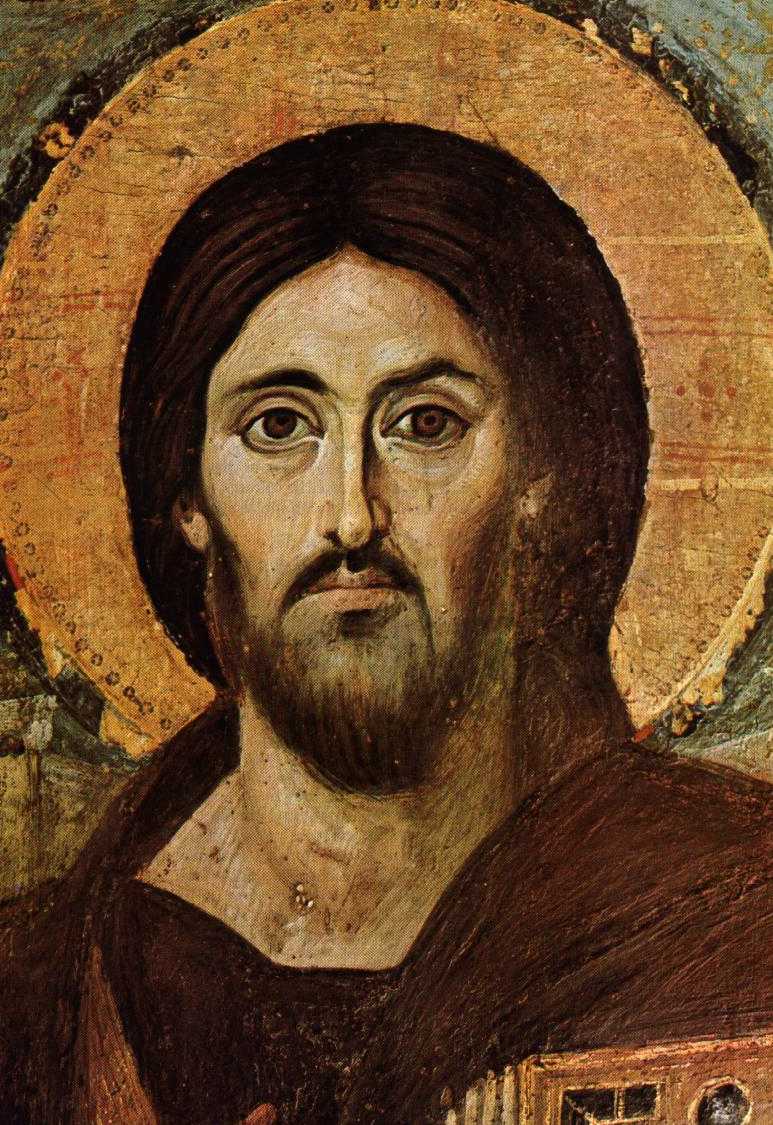
Nazareth
Nazaret, the garden of the Galilee. Its arabic name is En-Nasirah, while its hebrew one is Nasreth. Some hills surround the town by three sides which include it like a dell.
Nazareth is not quoted in the Ancient Testament, and neither by the hebrew historian Giuseppe Flavio.
We find, for the first time the name of Nazareth in some written fragments discovered at Cesarea Marittima, and going back to IV - III century before Christ.
Mary's relatives house and Joseph's one were in this town. Tho houses were natural caves. Before this ones the people built rooms of walling.
In this petty and quiet locality happened the events prepared new salvation history: the divine infinite Power met a pure creature. Partially these events remain wrapped in the mystery for us believers. But every "believer knows that many things unwinded in the secret encounter between God and the creatures chose by Him. Even if Mary and Joseph wanted confide to somebody their supernatural experience, this one remained inexpressible and unexpressed in the deep of their souls" (Alviero Niccacci, Nazaret nella Storia, Storia di Ges¨, Ed. Rizzoli, volume 1 pag. 73-74).
The modern basilica of Annunciation was built over that one indicated like the grotto of the Announcement by the christian tradition.
When the archaeologist started the research here, there's a serious doubt about this place: perhaps<<the grotto>> was used for the sepulchre with the other ones. In that case couldn't be authentic the grotto revered like Mary's house. In fact was absolutely impossible that an Hebrew should live in a cemetery place, what is contrary to Judaic religious usage.
But the discovery of the domestic silos, where the families preserved the foodstuffs, the finding of the water cistern, of many little lamps serve to light the back of the houses, the discovery of kitchen ceramics and of hotbeds escavated in the walls, with the deduction that the tombs were out of the village where now are the houses built latey, are fundamental elements for the historical authenticity of Virgin Mary's house.
Also other testimony are important support forh the authenticity of this grotto, identifying in it, the place of the encounter of Mary Nazareth with the Infinite.
First of all, there are some rooms escavated in the rocky land, perhaps adapted at domestic usage. Later they'll be utilized for the christian cult. This is attested by a baptistery and some graffiti. In the time, the christianity built five churches upon these places: At first a church like a synagogue, with the facade addressed in the direction of Jerusalem: evidently built by the first Judaic-christian community, become related to Jesus and Mary's family. This was built between the first and the fiftth century. In the fifth century was built a Byzantine church over the same place. Then a church built by the crusaders. At last a Franciscan church.
The actual church, built in the 1960, cover with its protective roof the Grotto of the Annunciation and the vestige of previous churches.
So many graffiti are near the grotto. But a graffito has an important historical value: It's the "XE MAPIA", abbreviation of a greek language invocation: "Kaire Maria", that means: "Delight Mary". They are the first greek word of Angel Gabriel's salutation:"Hail Mary". Certaintly this is the most ancient invocation to Holy Mary, the Mother of Jesus. It's present in the same house where lived the Virgin Mary according to the tradition. This ancien graffito antecedent of a some century to Efeso Council which will officialize the Marian devotion, change some theologian's ideas. They sayed that Marian devotion was derived by a womanly pagan divinity. On the contrary, the discovery of this graffito shows that the Marian spirituality was born with the same Salvation Event: the incarnation of Jesus. (Bellarmino Bagatti, Nazaret nell'archeologia, Storia di Ges¨, Ed. Rizzoli, volume 1 pag. 79 ss.).
Then the discovery of this very important graffito, with the intention to build, in diverse historical periods, some churches in the same identical place where is revered the grotto of the Annunciation, in the respect of the ancient vestiges, and the discovery of simple furniture and family life objects, besides the presence of baptismal basin, drawings and varied invocations, are an evident demonstration that in this Grotto, in this House, happened something extraordinary and sublime.
Here, where the Galilee mounts connect with the sweet and fertile plain of Esdrelen or Izreel, the Son of God incarnates himself in Mary's sine.
TO THE DISCOVERY OF JESUS OF NAZARETH
| We ask, heartily, to the Government of
Israel to prevent the construction of the mosque near the Basilica of Annunciation to
Nazareth, in the Galilea. The place is particularly dear to the whole Christianity and the vicinity of an islamic mosque, could cause dangerous frictions between the pilgrims of diverse religions, besides to discourage christian pilgrimage every year |